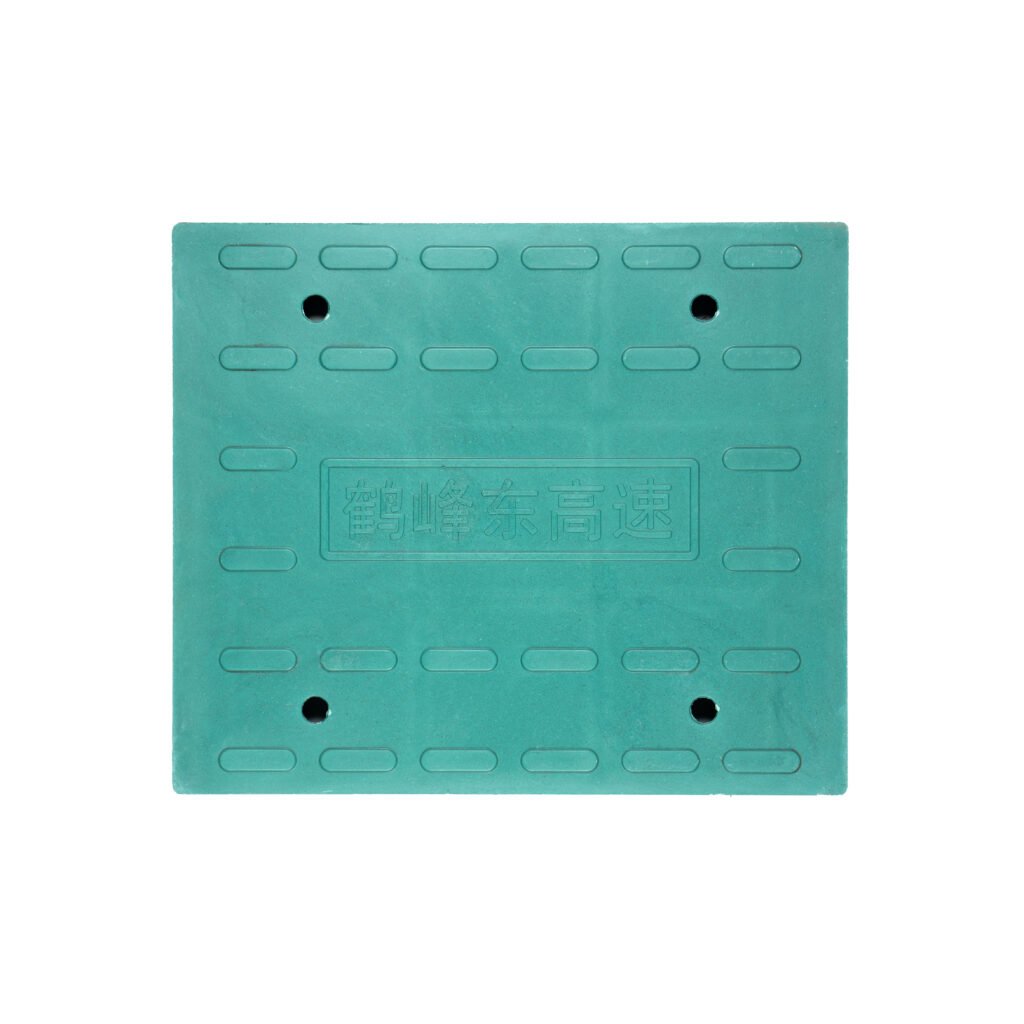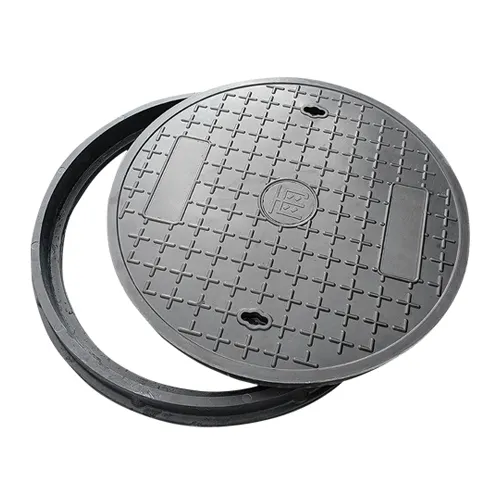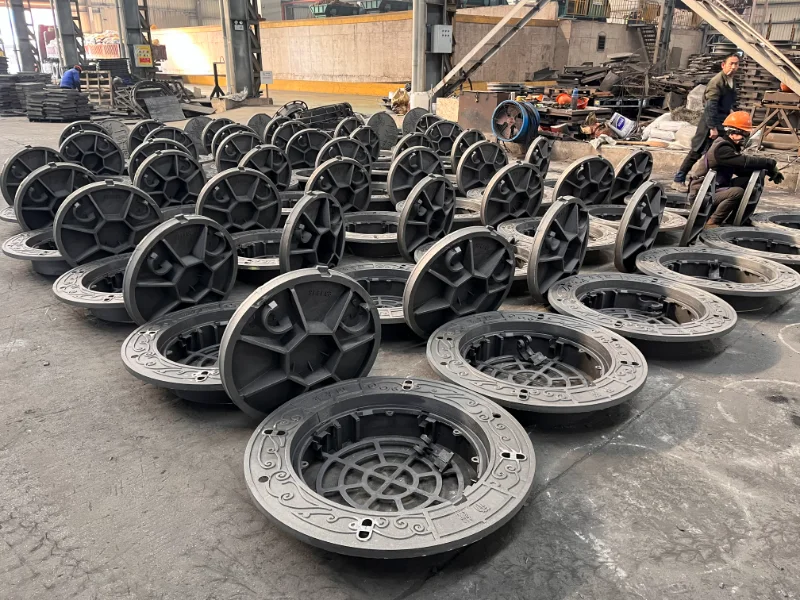Selecting composite manhole covers can be complex, especially for first-time buyers. With diverse materials, shapes, and dimensions catering to varied needs, identifying a reliable, durable, and aesthetically suitable product is critical. This guide explores key considerations when choosing composite circular covers to determine the ideal solution for your project.

Materials and Properties
Composite materials are favored for high corrosion resistance and longevity. Typically crafted from polymer-glass fiber blends, they deliver exceptional mechanical strength. Composite circular covers distinguish themselves from metal counterparts through lighter weight and customizable strength parameters. Prioritize high-load rated models for heavy-traffic areas.
Dimensions and Compliance
Precise sizing ensures effective installation and functionality. Standards depend on pavement type and operational requirements. When selecting composite circular covers, match diameters to utility access needs, verify height compatibility with subsurface infrastructure, and confirm compliance markings (e.g., EN124, ISO 9001).
Design and Aesthetics
Composite covers offer design versatility with multiple color options for seamless visual integration. Choose classic patterns, custom decorative designs, or artistic embossing for landmark sites. Bespoke elements can enhance architectural synergy.

Installation Guidelines
Ensure long-term performance through proper installation: Prepare the base by clearing debris and leveling the surface; secure the frame for even load distribution; handle covers carefully despite their lightweight construction (approximately 30% lighter than iron); and confirm stability post-installation.
Eco-Safety and Sustainability
Composite covers provide environmental advantages: zero heavy metal leaching, recyclable polymers (up to 85% recovery), reduced carbon footprint through closed-loop manufacturing, slip-resistant surfaces, and anti-flotation systems. Verify ISO 14001 and Cradle-to-Cradle certifications.
Cost vs. Durability
Premium composite covers typically last 25+ years versus 8-12 years for economy alternatives, requiring maintenance only at 10-year intervals versus annual inspections. Though higher initial cost, premium models yield ROI within 5 years and often include 15-year structural warranties. Prioritize manufacturers providing third-party load test reports and transparent warranty terms.




